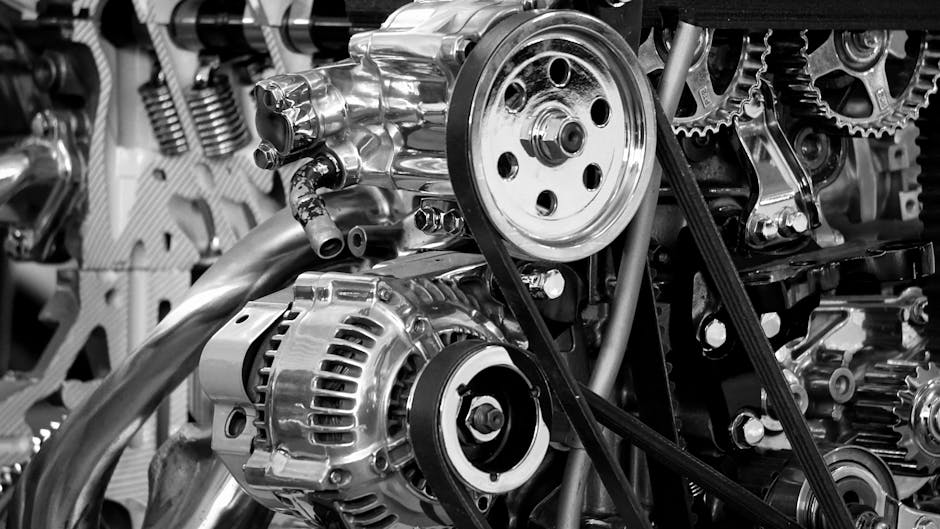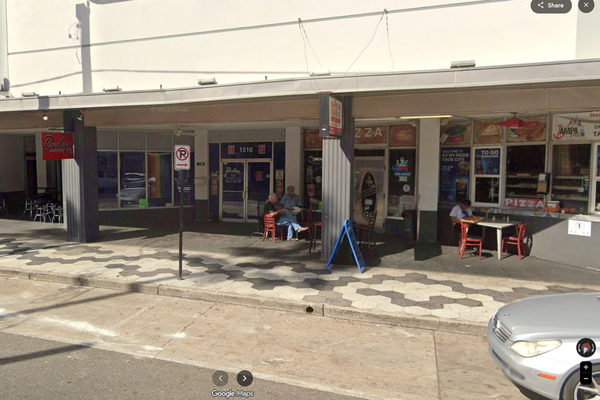
Taking care of your car is essential if you want it to last and run smoothly. But there’s a lot of misinformation out there about what your vehicle actually needs. Many common car maintenance myths sound convincing, but can end up costing you more money in the long run. Instead of saving on repairs, you might be draining your wallet on unnecessary services or products. Knowing what’s true and what’s not can help you make smarter choices about car care. Let’s break down eight persistent car maintenance myths that could be costing you more than you think.
1. You Need to Change Your Oil Every 3,000 Miles
This is probably the most common car maintenance myth around. Decades ago, oil needed to be changed every 3,000 miles, but modern engines and synthetic oils are much more efficient. Most vehicles today can go 5,000 to 7,500 miles—or even longer—between oil changes. Check your owner’s manual for the recommended interval for your specific car. Sticking to the old 3,000-mile rule can mean paying for extra oil changes you don’t actually need. That’s money that could stay in your pocket.
2. Premium Fuel Improves Performance in Any Car
Premium fuel costs more, so it must be better for your car, right? Not necessarily. Unless your owner’s manual specifically calls for premium gasoline, you won’t see any benefit. In most vehicles, using premium fuel does not improve performance, fuel economy, or engine life. You’re just paying extra at the pump for no reason. For most cars, regular unleaded is all you need to keep things running smoothly. Don’t let this car maintenance myth convince you otherwise.
3. You Must Warm Up Your Engine Before Driving
Many drivers let their cars idle for several minutes, especially in cold weather, thinking it’s necessary to warm up the engine. With modern fuel-injected engines, there’s no need to wait. In fact, idling wastes fuel and increases engine wear over time. The best way to warm up your engine is to drive gently for the first few minutes. Skip the long idle and start your journey sooner—it’s better for your car and your wallet.
4. You Should Flush Your Transmission Fluid Every Year
Some service shops push annual transmission fluid flushes, but most vehicles don’t require this service nearly as often. Your owner’s manual will list the correct interval, which is usually between 30,000 and 60,000 miles, or even longer. Over-servicing can be a waste of money and may even harm your transmission if done incorrectly. Don’t fall for this expensive car maintenance myth—stick to the manufacturer’s schedule.
5. Bigger Tires Mean Better Handling
It’s tempting to think that bigger tires will make your car handle better, but that’s not always true. Installing tires that are too large can actually reduce fuel efficiency, affect speedometer accuracy, and even damage your suspension. The best tires for your car are the ones recommended by the manufacturer. If you want to upgrade, consult a trusted tire specialist and make sure the change fits your vehicle’s needs, not just a car maintenance myth.
6. You Have to Go to the Dealership for Maintenance
Many people believe that only the dealership can properly service their car, especially if it’s still under warranty. The truth is, you can have your car serviced at any reputable shop or even do some work yourself without voiding your warranty. Just keep good records and make sure genuine or equivalent parts are used. You have more choices than the dealership would like you to believe, and those choices can save you money.
7. Air Conditioning Uses Up a Ton of Fuel
While it’s true that running your air conditioner uses some extra fuel, the effect is often exaggerated. Modern AC systems are much more efficient than they used to be. On the highway, driving with the windows down can actually create more drag and use more fuel than running the AC. Don’t sweat it—use your air conditioning when you need it. The impact on your gas mileage is usually minimal compared to other factors.
8. Aftermarket Additives Boost Engine Performance
The market is full of fuel and oil additives promising better performance, improved fuel economy, or longer engine life. Most of these claims are not supported by independent research. In fact, using the wrong additive can even harm your engine. Your car’s manufacturer has already tested and approved the fluids and oils your engine needs. Save your money and skip the miracle cures.
Smarter Maintenance Means More Savings
Falling for car maintenance myths can easily drain your wallet over time. The best defense is to consult your owner’s manual and rely on trusted sources—not word of mouth or aggressive sales pitches. By understanding what your car really needs, you’ll avoid unnecessary expenses and keep your vehicle in top shape for years to come.
What’s the worst car maintenance myth you’ve ever heard? Share your experiences in the comments below!
Read More
7 Most Common Car Maintenance Myths You Should Stop Believing
9 Car Maintenance Habits That Cause More Harm Than Good
The post 8 Car Maintenance Myths That Drain Your Wallet appeared first on Clever Dude Personal Finance & Money.







